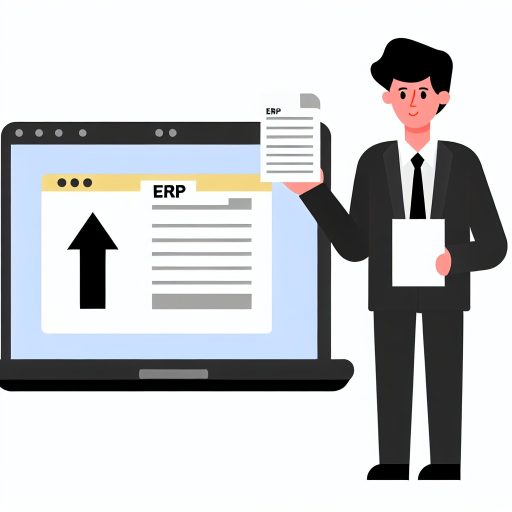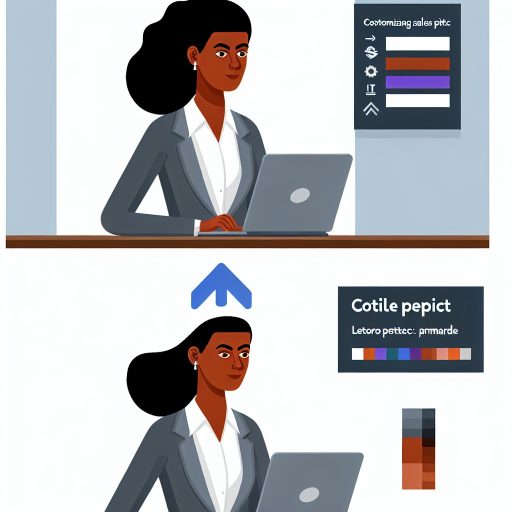Introduction
In today’s fast-paced digital landscape, businesses rely on effective IT procurement strategies.
These strategies help organizations acquire essential technology and services.
A well-defined procurement approach enhances operational efficiency and reduces costs.
Consequently, businesses can focus on their core functions without technology-related interruptions.
Successful IT procurement strategies go beyond merely acquiring products.
They integrate planning, vendor management, and risk assessment.
Such strategies ensure that companies obtain the best value for their investments.
Ensuring continuous alignment with business goals optimizes technology usage and minimizes waste.
Impact on Company Performance
Companies that implement effective procurement strategies experience improved performance.
Streamlined processes lead to quicker project completion.
Organizations reduce time spent on procurement workflows.
Thus, teams can dedicate more time to innovation and growth initiatives.
Effective strategies can enhance vendor relationships.
Strong partnerships with suppliers foster collaboration and innovation.
As a result, organizations gain access to custom solutions tailored to their needs.
These close ties also promote better communication, leading to quicker issue resolution.
Financial Advantages of Effective Procurement
The right procurement strategies can significantly improve a company’s financial health.
Businesses that optimize their procurement enjoy reduced operational costs.
They avoid costly overhauls and minimize the risk of technology mismatches.
Ultimately, this leads to increased profitability and sustainable growth.
Transform Your Career Today
Unlock a personalized career strategy that drives real results. Get tailored advice and a roadmap designed just for you.
Start NowAdditionally, agile procurement strategies provide businesses with a competitive advantage.
Companies can rapidly adapt to changing market conditions.
This adaptability results in better service delivery and customer satisfaction.
Ultimately, satisfied customers drive repeat business and bolster revenues.
Strategic Importance of IT Procurement for Growth
Robust IT procurement strategies are vital for business success.
They enhance performance, foster innovation, and contribute to the bottom line.
By prioritizing effective procurement, organizations ensure lasting growth and competitive advantage in their industries.
Understanding the IT Procurement Process
IT procurement plays a vital role in acquiring technology products and services.
It encompasses the activities involved in managing the sourcing and purchase of IT goods.
These goods can range from software applications to hardware infrastructure.
Through effective IT procurement, organizations can ensure they receive quality technology solutions.
This process helps businesses meet their operational needs efficiently and cost-effectively.
Definition of IT Procurement
IT procurement involves multiple tasks and strategies.
It aims to ensure that organizations acquire the right technology products.
Furthermore, it ensures these products meet specific business requirements.
Good procurement practices can lead to enhanced productivity and reduced costs.
In many cases, IT procurement directly influences the overall performance of an organization.
The Role of IT Procurement
The primary role of IT procurement includes the following:
- Identifying technology needs within the organization.
- Researching available technology solutions that fit those needs.
- Engaging with vendors to negotiate terms and prices.
- Finalizing contracts to formalize agreements with selected vendors.
- Overseeing implementation and performance assessment of the procured solutions.
Steps Involved in the IT Procurement Process
Understanding the IT procurement process involves several key steps.
Each step plays a unique role in ensuring a successful procurement outcome.
Transform Your Career Today
Unlock a personalized career strategy that drives real results. Get tailored advice and a roadmap designed just for you.
Start NowBelow, we breakdown each of these steps in detail.
Identifying Needs
Organizations must identify their specific technology needs first.
This process often starts with consultations among stakeholders.
Various departments should provide input on their unique requirements.
Furthermore, conducting a thorough assessment helps clarify what IT products are necessary.
Clear identification of needs sets the foundation for effective procurement.
Conducting Market Research
Organizations need to conduct market research next.
Research helps identify the latest technology solutions available in the market.
During this phase, organizations should evaluate different vendors and their product offerings.
Make sure to gather data on pricing, features, and compatibility with existing systems.
This knowledge aids in making informed decisions later in the procurement process.
Developing a Procurement Strategy
Teams must develop a procurement strategy after market research.
This strategy outlines the goals and objectives of the procurement process.
It should consider budgeting constraints and timeline expectations.
The strategy also includes criteria for selecting vendors and products.
This structured approach ensures a more organized procurement process.
Requesting Proposals
Once the strategy is in place, organizations can request proposals from potential vendors.
A Request for Proposal (RFP) allows businesses to communicate their needs effectively.
RFPs should clearly outline the requirements and evaluation criteria.
Vendors respond with proposals that detail how they intend to meet those requirements.
Transform Your Career Today
Unlock a personalized career strategy that drives real results. Get tailored advice and a roadmap designed just for you.
Start NowThis step fosters healthy competition among vendors while providing businesses with various options.
Evaluating Proposals
After receiving proposals, organizations should evaluate them thoughtfully.
Evaluating proposals involves comparing the offerings from different vendors.
Organizations should assess factors such as cost, features, implementation timelines, and support.
Furthermore, it is crucial to involve multiple stakeholders in this evaluation process.
Collaborative decision-making leads to better outcomes and avoids biases.
Negotiating Terms
Once a preferred vendor emerges, negotiation of terms begins.
Effective negotiation is key to achieving favorable outcomes.
During this phase, organizations should discuss pricing, delivery timelines, and post-purchase support.
They should also address payment terms and warranties.
The goal is to reach agreements that benefit both parties involved.
Finalizing Contracts
After negotiations, organizations must finalize contracts.
Contracts should clearly outline all agreed-upon terms and conditions.
Both parties must review and sign to ensure legal enforceability.
This step solidifies the relationship between the organization and the vendor.
A well-drafted contract minimizes potential disputes in the future.
Implementation and Performance Assessment
Once contracts are finalized, the implementation phase begins.
Organizations need to stay involved during the implementation of technology solutions.
Support should be available to troubleshoot any issues that arise.
After implementation, regular performance assessments ensure the solutions meet expectations.
Transform Your Career Today
Unlock a personalized career strategy that drives real results. Get tailored advice and a roadmap designed just for you.
Start NowIf any issues surface, organizations should engage the vendor for resolution.
Assessing and Improving Procurement Practices
It is beneficial to review the entire procurement process regularly.
Organizations can analyze what worked well and identify what did not.
This review helps find areas for improvement in future procurement efforts.
Continuous improvement leads to more efficient strategies and better decision-making.
Over time, this practice enhances overall organizational performance.





